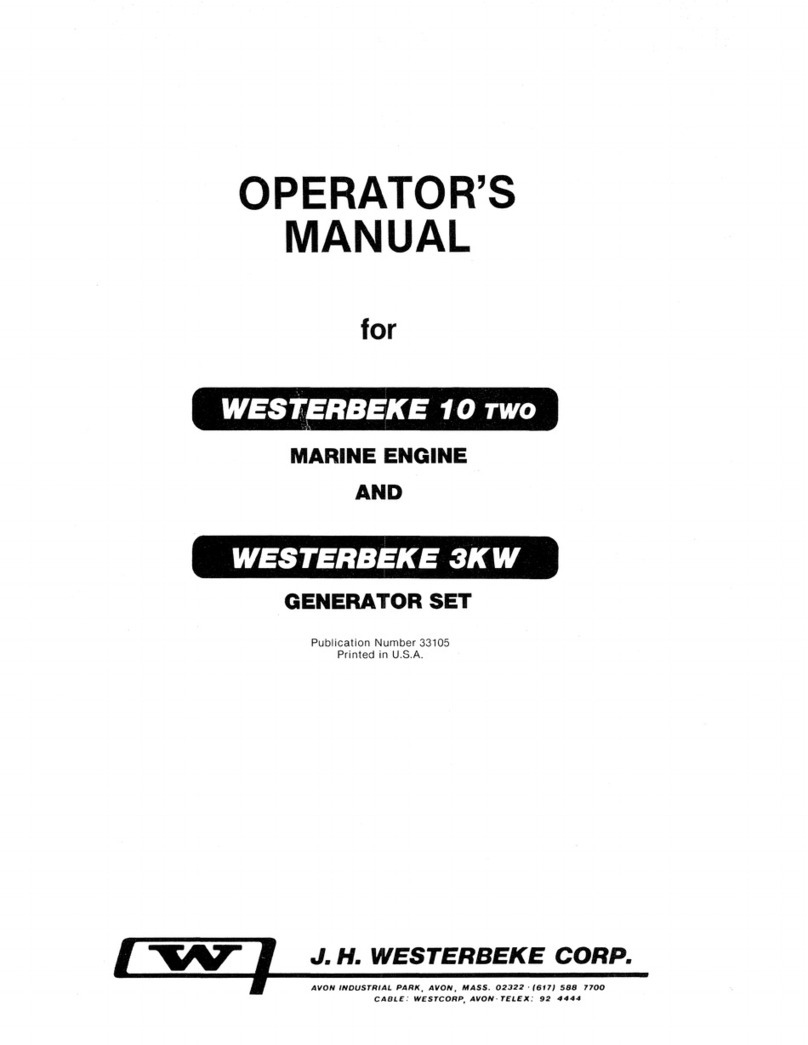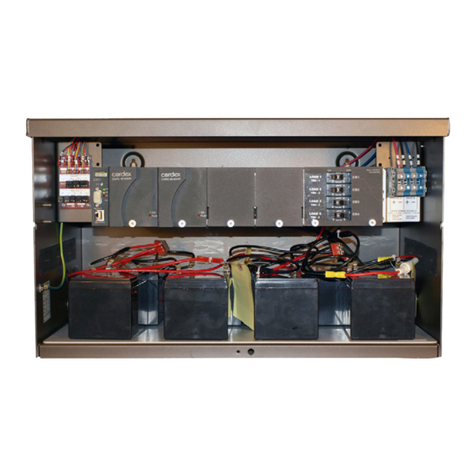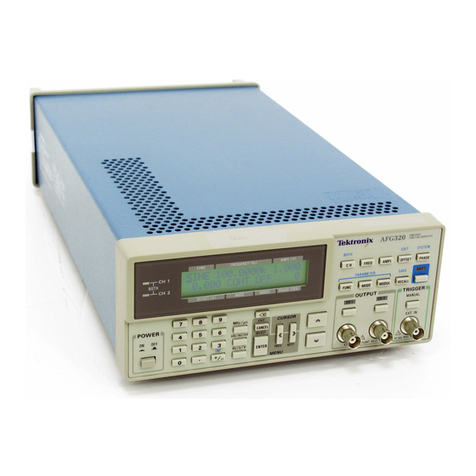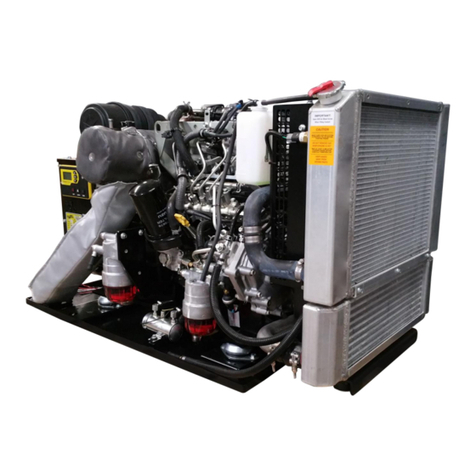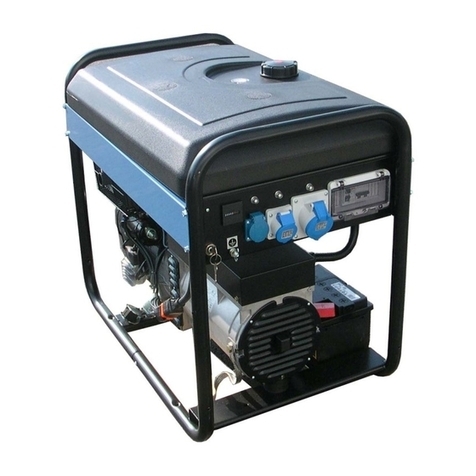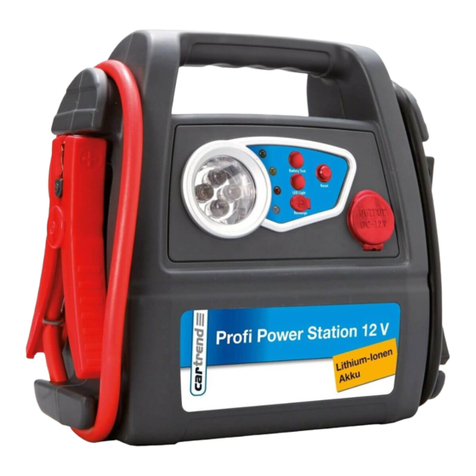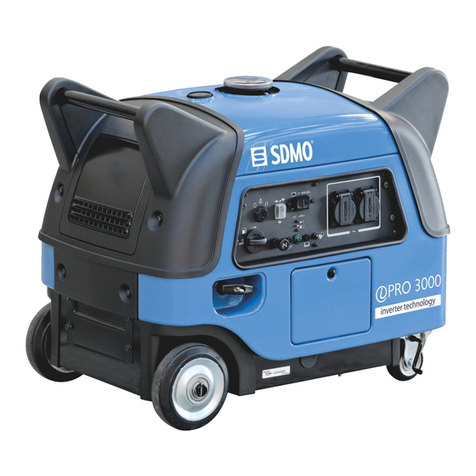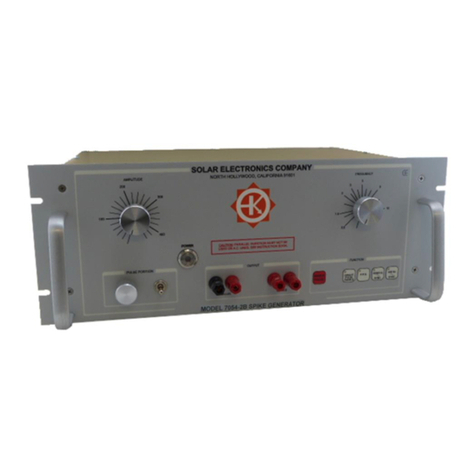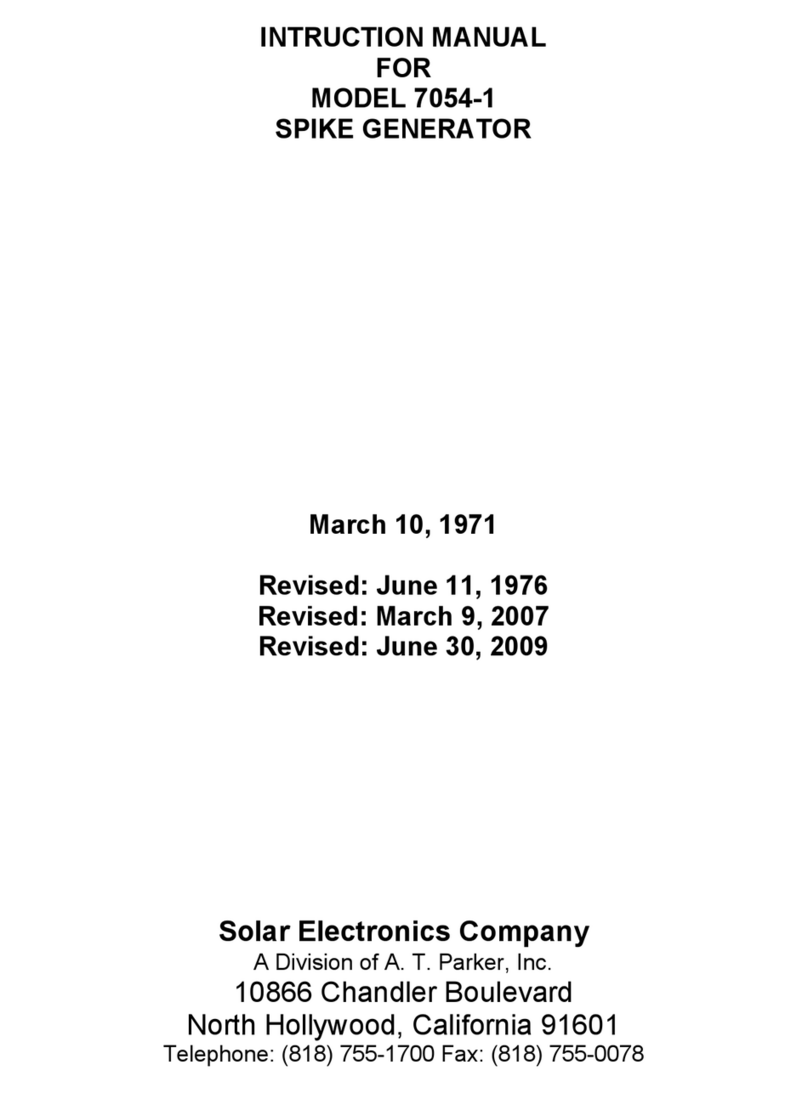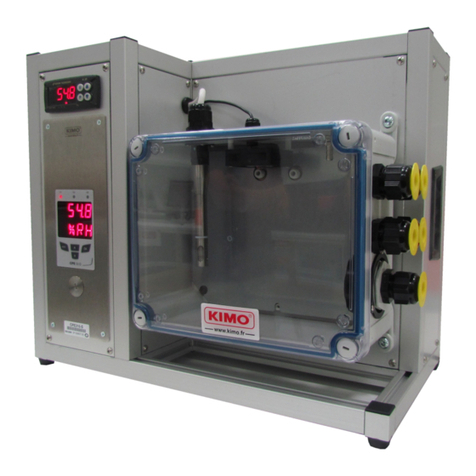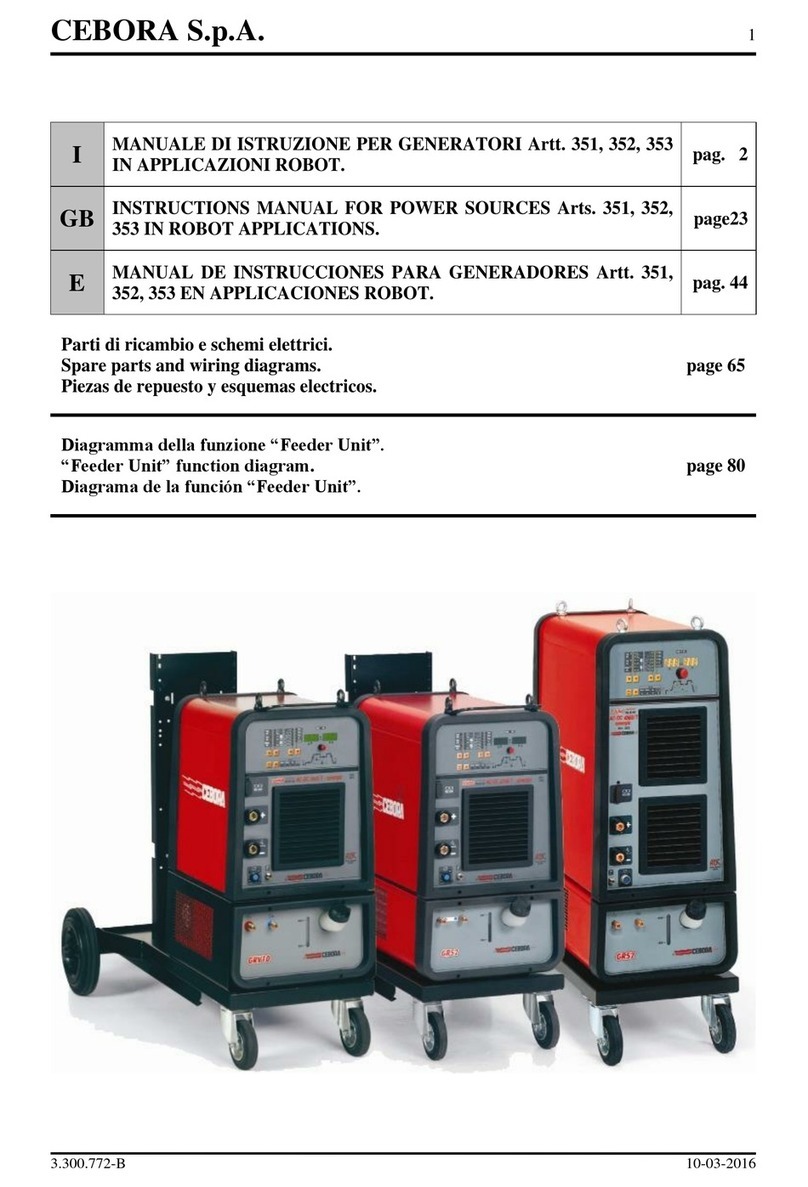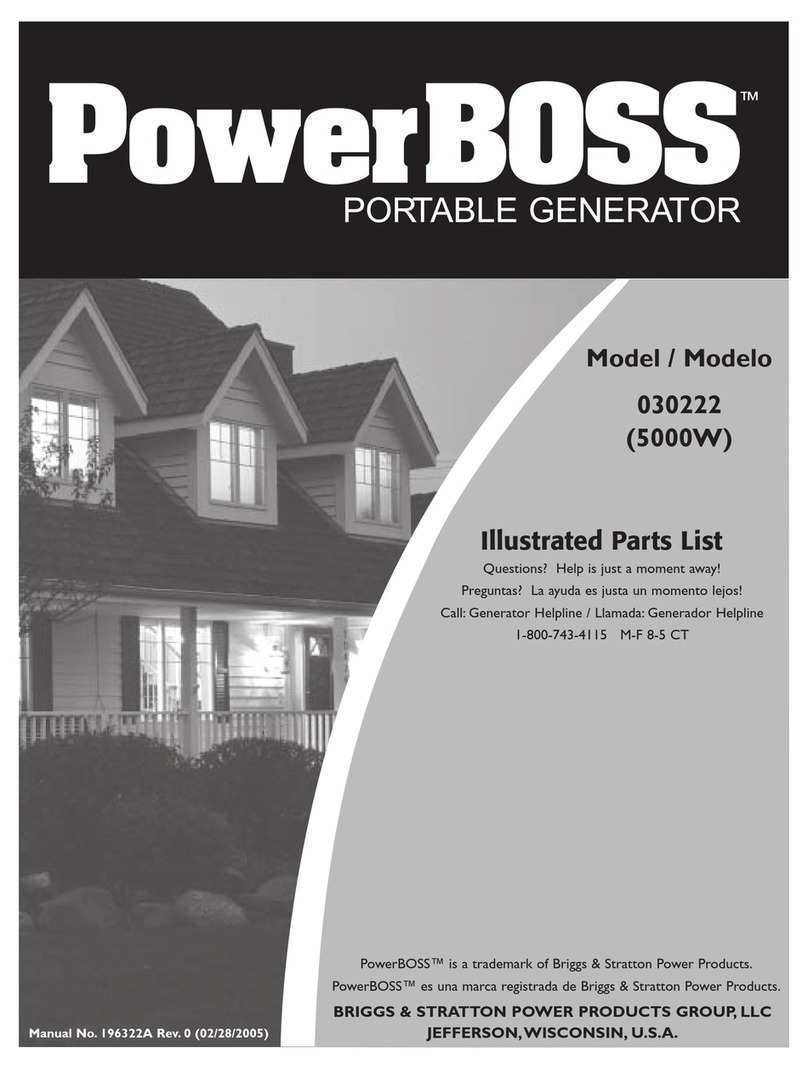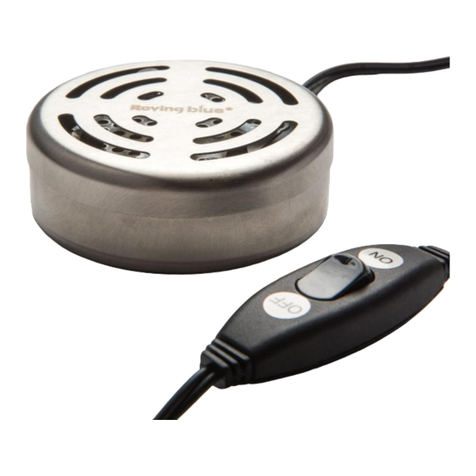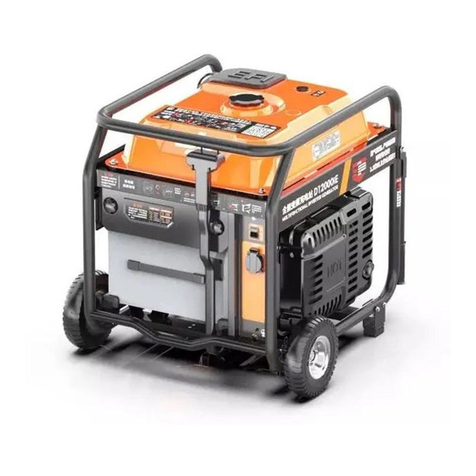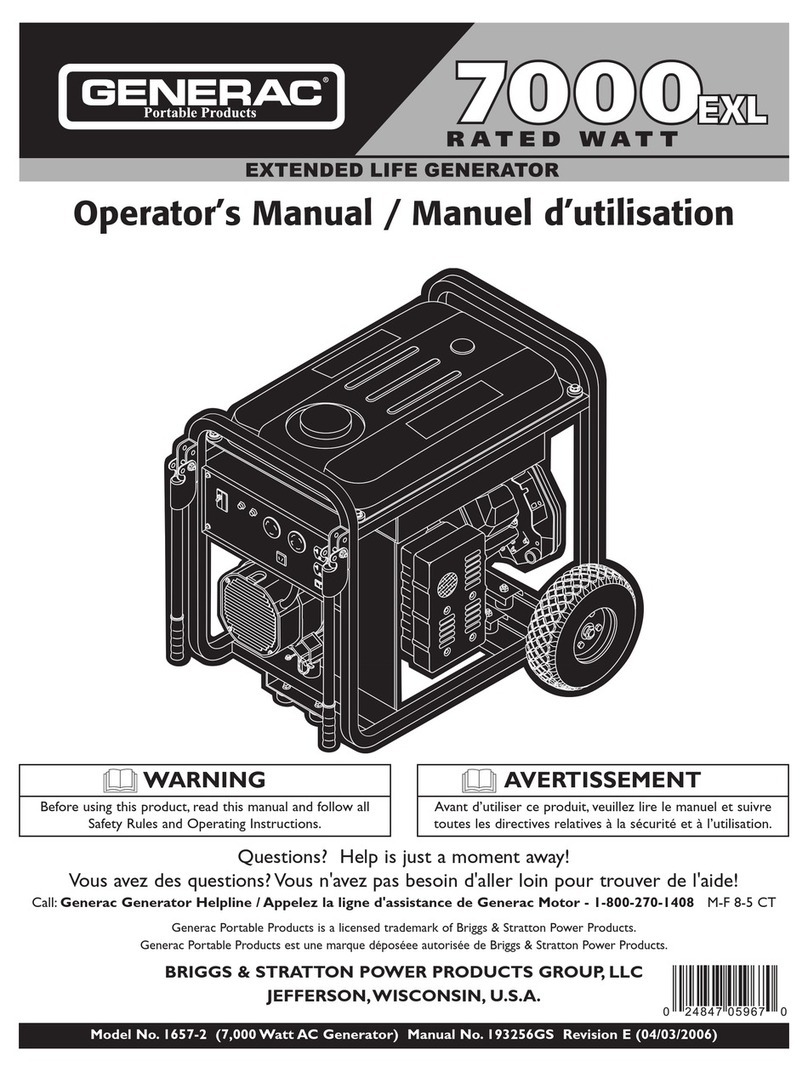
Solar Electronics Company
with the appropriate conjugate impedance at the resonant frequency to provide the
required damping factor when loaded. The theory of operation for the 1 MHz, 10 MHz,
30 MHz, and 100 MHz damped sinusoid is the same except the switches to discharge the
circuit capacitors are electro mechanical and require 26 volt D.C. drive to operate.
3 The three double exponential circuits also use multiple SCR switches to discharge the
circuit capacitors. However, the capacitors are discharged into a resistive network to
ensure a proper waveform and maintain required duration tolerance when matched.
4 As one example of the theory of operation, the 1 MHz damped sinusoidal circuit, has its
discharge capacitor (C5) charged from five series 2 watt resistors (R3, R4, R5, R6, and
R7). A voltage multiplier made up of 10 series 1 watt resistors (R8 through R18) is
connected from the 1 MHz discharge capacitor (C5) through the switch deck "C" wiper
arm contact #12 and switch contact #3 of the port activation switch (S4) to a factory
selected 1 watt resistor (R9) connected to the voltage multiplier resistor (R8) that
provides a scaled output of the charge voltage to the voltmeter (VM1) input for readout
on the digital display (DD1). In the manual or single pulse mode, depressing the front
panel push button closes contacts #1 and #2 of micro switch (S3) that is connected
through closed contacts #2 to #3 and #5 to #6 of the automatic/manual DPDT switch (S2),
switch deck "B" wiper arm contact #12 and switch contact #3, switch deck "A" wiper arm
contact #12 and switch contact #3 of the port activation switch (S4) to the 30 volt D.C.
power supply, which drives the module relay switch (RS5) that connects the tapped
inductor (L3) across the charged capacitor (C5) to produce the 1MHz damped sinusoid
discharge. The inductor tap is connected to the center pin of modules’ front panel
connector (BN3) to provide the 1 MHz output with a damping factor of 5 when loaded
with 25 ohms.
5 For another example of the theory of operation, the 70 μS double exponential circuit, has
its discharge capacitor (C10) charged from two series, current limiting, 50 watt resistors
(R1 and R2) of the high voltage power supply. The voltage multiplier discussed
previously is connected from the 70 μS discharge capacitor (C10) through deck "C" wiper
arm contact #12 and switch contact #eight of the port activation switch (S4) to a factory
selected one watt resistor (R14) connected to the voltage multiplier resistor (R8) to
provide the scaled output of the charge voltage to the voltmeter (VM1) for readout on the
digital display (DD1). In the automatic or multipulse mode, contacts #1 and #2 of the
driven mercury wetted switch (MWS1) are connected through closed contacts #1 to #2
and #4 to #5 of the DPDT automatic/manual DPDT switch (S2), switch deck "B" wiper
arm contact #12 and switch contact #8, switch "A" wiper arm contact #12 and switch #8 of
the port activation switch (S4) through the resistor (R22) capacitor (C19) relay drive
network to the 30 volt D.C. power supply, which drives the module relay switch (RS10)
that connects a resistor network (R35 and R36) across the charged capacitor (C10) to
produce the 70 μS double exponential discharge. The junction between R35 and R36 is
connected to the positive terminal of the modules front panel jacks to provide the 70 μS
pulse duration when loaded with 2 ohms.























